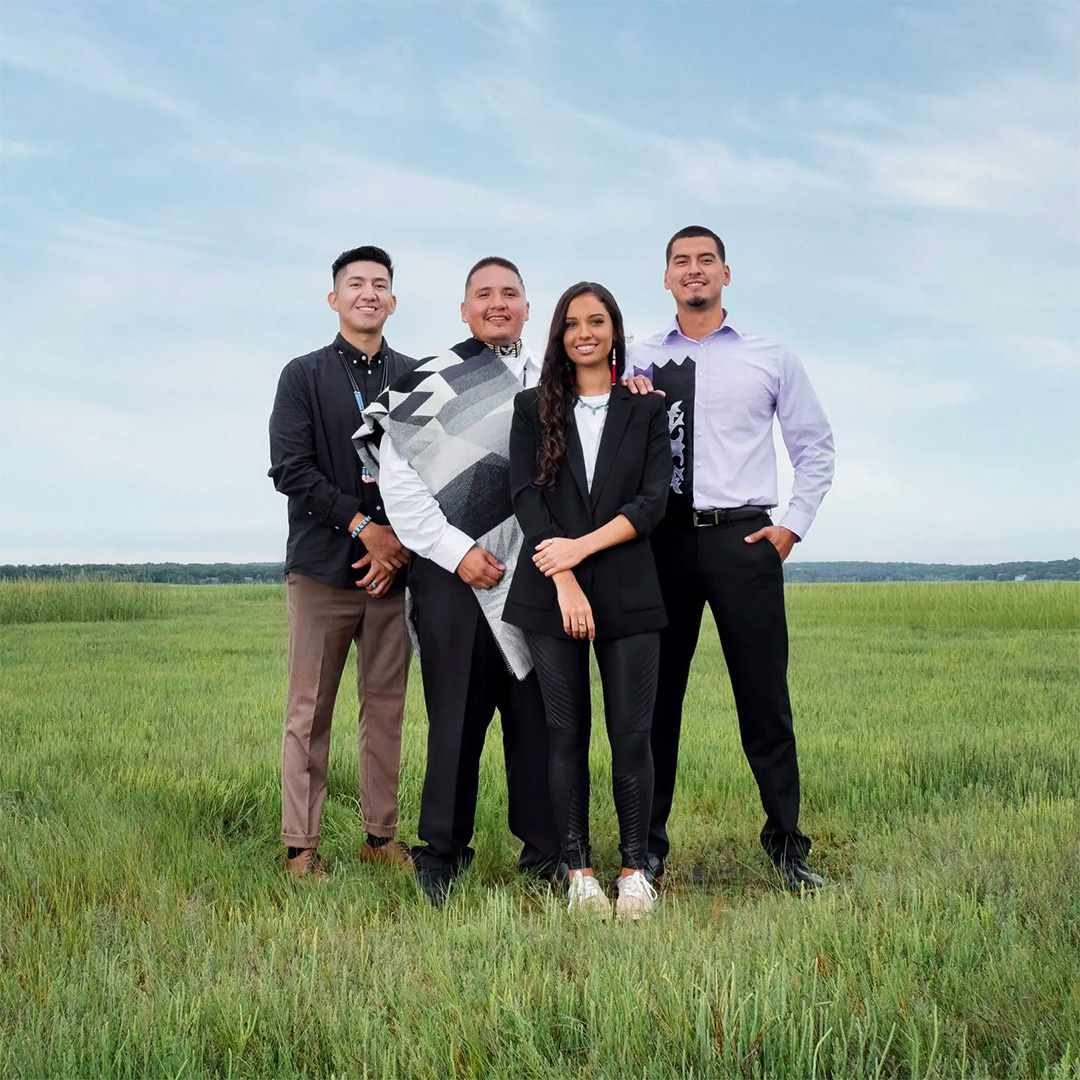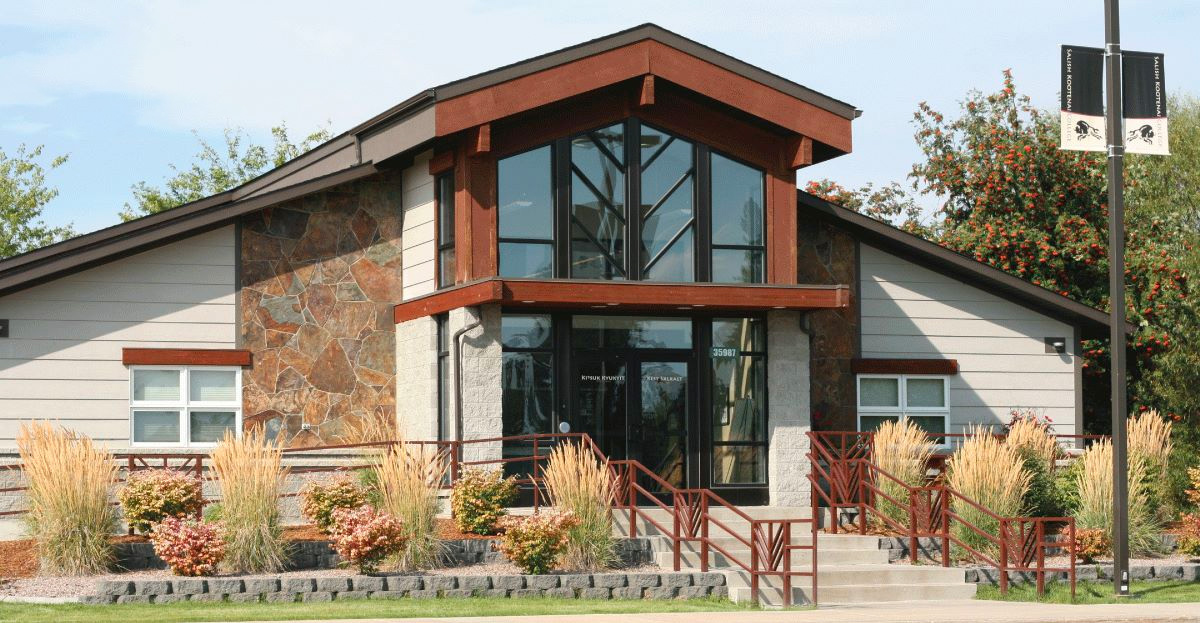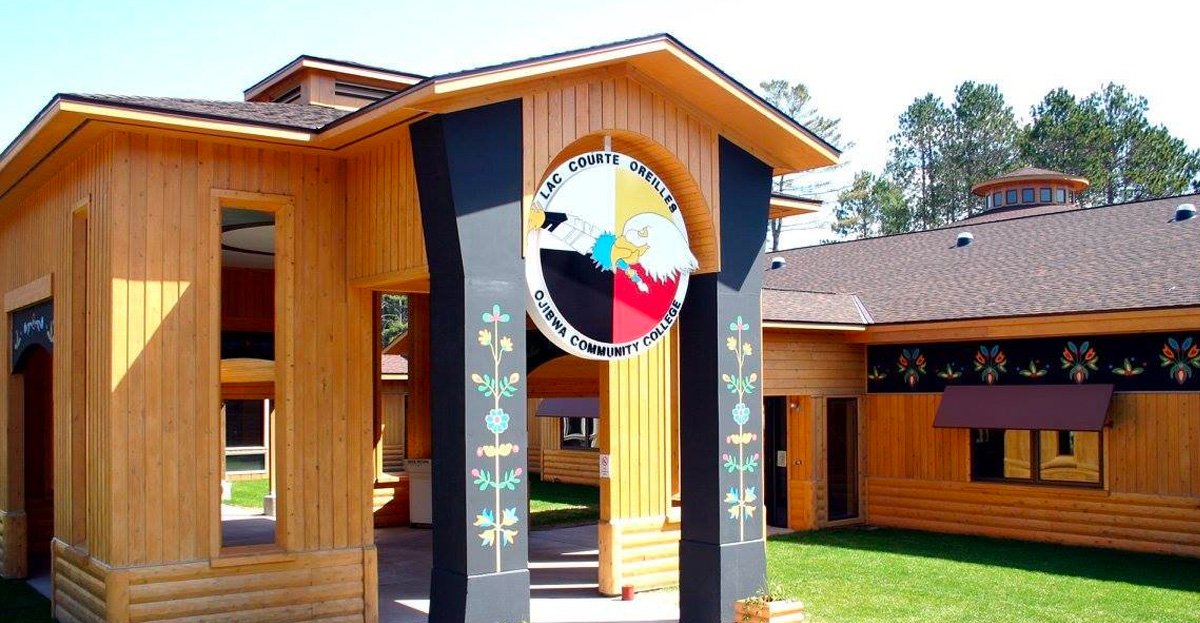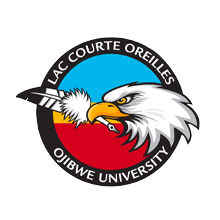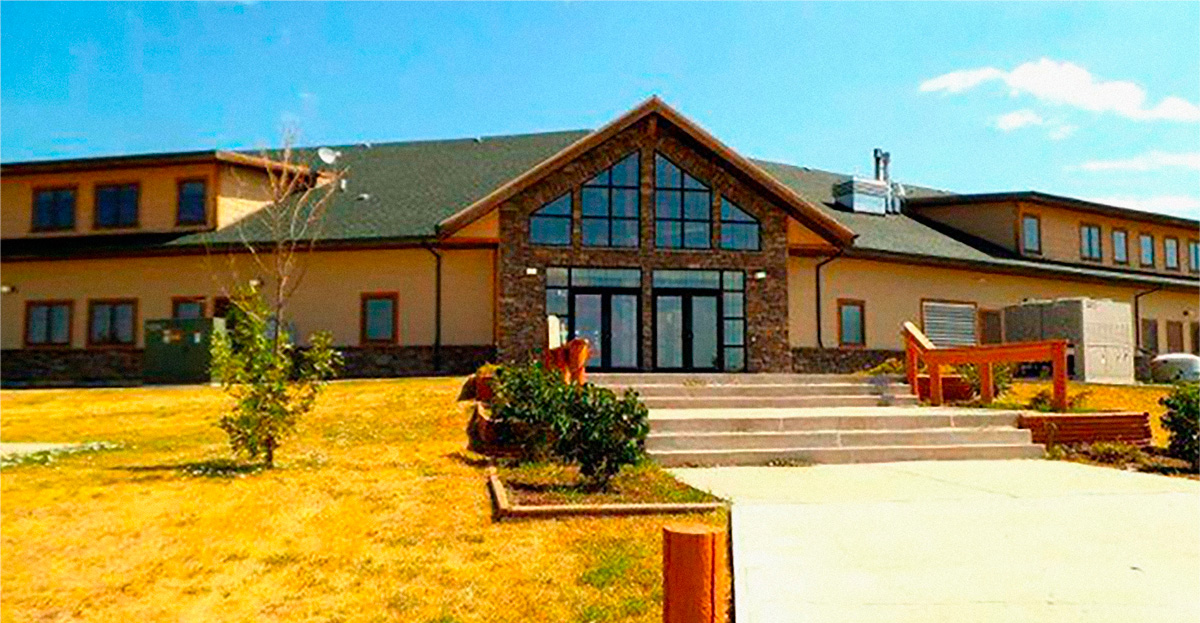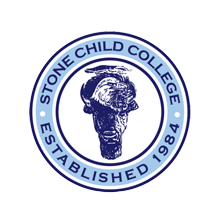Cultivating Native Student Success
Cultivating Native Student Success provides tribal colleges and universities the opportunity to examine their current enrollment management approaches and design long-term strategies that include holistic, place-based, and collaborative student supports to promote transformative and systemic change that impacts Native student success.
Supporting the Native Student Journey builds upon and enhances tribal colleges and universities’ enrollment practices and strategies to increase Native student enrollment, retention, persistence, and completion rates that reflect community and cultural values and definitions of student success.
2025 Cultivating Native Student Success Convening
The American Indian College Fund and AIHEC are excited to host an opportunity to learn, network, and advance TCU Native Student Success.
Native higher education experts, organization partners, and TCU staff will come together to engage in discussions, workshops and breakout sessions about the Native student journey, strategic enrollment management, data storytelling, and the constantly evolving landscape of higher education.
Strategic Enrollment Management
Strategic enrollment management is a concept and process that enables the fulfillment of institutional mission and students’ educational goals. Through strategic enrollment management we center the student experience to learn ways to care for our students and create a culturally and community-informed approach to student participation.
Featured SEM Plans

Stone Child
College

Lac Courte Oreilles Ojibwe University

United Tribes Technical College

Salish Kootenai College
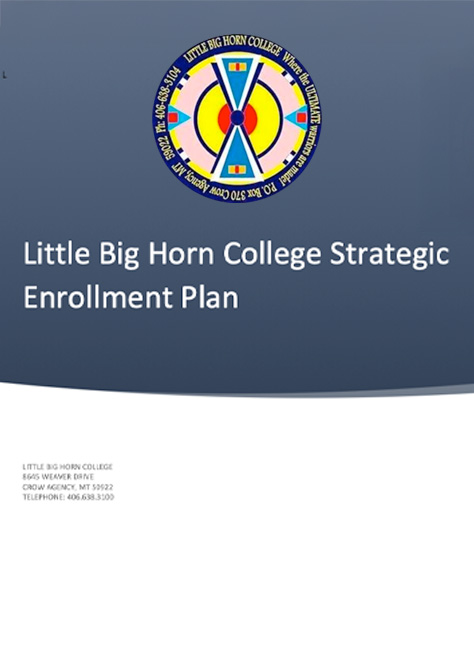
Little Big Horn College
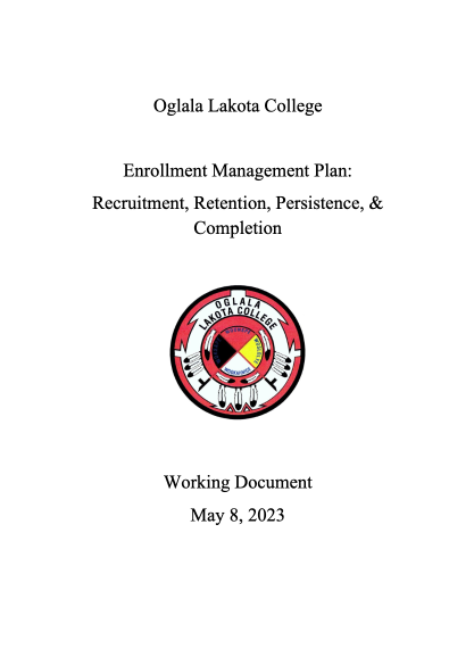
Oglala Lakota College
Best Practices
Participating Tribal Colleges

- Red Lake Nation College
- Saginaw Chippewa Tribal College
- Salish Kootenai College*
- Sinte Gleska University
- Sisseton Wahpeton College
- Sitting Bull College
- Stone Child College*
- Tohono O’odham Community College
- Turtle Mountain Community College
- United Tribes Technical College*
- White Earth Tribal and Community College
*Denotes SEM Mentor Colleges
Theory of Action Key Items
RECIPROCITY PUBLIC SPIRITED LEADERSHIP VOICE and CO-VISIONING
The cohort approach is inclusive, providing peer learning opportunities for TCUs to assist one another while respecting the process to integrate SEM into their own unique TCU culture and environment.
Holistic approach that provides space for students, institutions, and communities to contribute their own vision to the project.
Time and space for collaboration among TCU administration, and staff who have similar challenges and successes.
CULTURAL VALUES RELATIONALITY
Aspects distinctive in a college’s plan might be values as taught to them through tradition, goals as set within their community and tribal leadership, the language in which they communicate their plans, and other cultural practices that make sense to their institution and community.
Serve their students in ways that sustain tribal cultures, language, and values that are unique to them.
Approach must be reflective and recognizable within each TCU community.
VISIBILITY REDISTRIBUTION
TCU and College Fund websites will reflect SEM plans and related activities, updated regularly to communicate with the community, tribal and external partners, and stakeholders to tell their story of the student journey.
Telling the student journey story: transparency of data on websites, with community stakeholders, institution and boards.
Participation in national higher education spaces to promote TCU and American Indian and Alaskan Native visibility.
STRATEGIC PLANNING and ORIENTATION REGENERATIVE IMPACT
Sustainable and generative positions and roles are in place at each participating TCU, informed by their SEM plans to reflect their response to capacity building. Positions include enrollment managers, institutional data managers, post graduate readiness (ie: career and transfer positions) and community liaisons.
SEM planning is a generational, dynamic process that takes time for long term vision and impact.
College Fund inclusion of programs and supports: TCU capacity committee.
Increase student enrollment, fall to fall retention, completion by 2% each year.
Align institutional
structures with SEM components and models to reflect the cultural values of each TCU and promote Native centered student success.
Goal 1:
TCUs will document an increase
in their institutional capacity to deliver
culturally reflective holistic student
support services and relevant degree
programs to promote student engagement and completion.
Identified retention/SEM
committeesthat meet regularly
and reflect each area of the college, campus and AIAN communities, to increase transparency, accountability, and learning across departments.
Includes ad-hoc and sub committees, task force
teams, and advisory support roles working on particular SEM components to
support the overall SEM model.
Identify and document evidence based best practices reflective of
TCU cultural values and place-based education in student retention and completion.
Align programming
with regional tribal education, high schools
and HSE programs to increase matriculation to TCUs.
Align student services programming with
regional housing and economic tribal departments to understand trends and provide relevant resources
for student success.
Goal 2:
TCUs will Leverage community
resources and knowledge to help
remove socio-economic barriers and
increase engagement and supports
for new and returning students from
enrollment to completion and
meaningful careers.
Align programming
with tribal and community stakeholders to identify trends
in matriculation, post-graduate and transfer for ongoing partnerships and supports.
Increase accountability
and learning of community and student trends/needs
to promote holistic
supports.
An Indigenous Approach to Strategic Enrollment Management: The Native Student Journey at Tribal College and Universities
By Lisa Silverstein, Tiffany Gusbeth, and Jonathan Breaker
The Native student journey at tribal colleges and universities is imperative to impacting Native student success nationally. Through the Cultivating Native Student Success initiative, an Indigenous approach to strategic enrollment management (SEM) is considered in this publication by TCUs to broaden SEM practices across higher education. By Indigenizing SEM and building capacity centered on the unique cultural values inherent in tribal colleges and universities, we can increase American Indian and Alaska Natives visibility, representation, and degree attainment in higher education.
Meet the Team

Tiffany Gusbeth
(Northern Cheyenne)
Vice President,
Student Success Services

Lisa Silverstein, Ph.D
Senior Program Officer,
TCU Capacity for Student Success

Jonathan Breaker
(Blackfoot and Cree)
Program Officer,
TCU Capacity for Student Success

Delphina Thomas
(Diné)
Program Officer,
TCU Capacity for Student Success

Autumn White Eyes, EdM
Oglala, Lakota, and Ojibwe (Turtle Mountain)
Program Officer,
TCU Capacity for Student Success

Taylor Keplin
(Three Affiliated Tribes)
Program Coordinator,
TCU Student Success

Ilisagvik College
Barrow, Alaska
Dine College
Tsaile, Arizona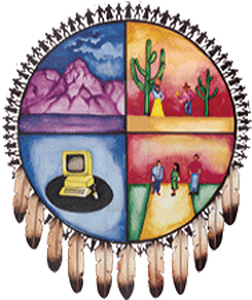
Tohono Oodham Community College
Sells, Arizona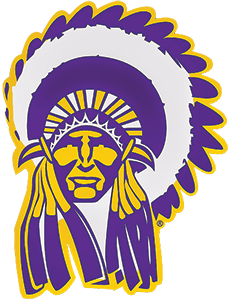
Haskell Indian Nations University
Lawrence, Kansas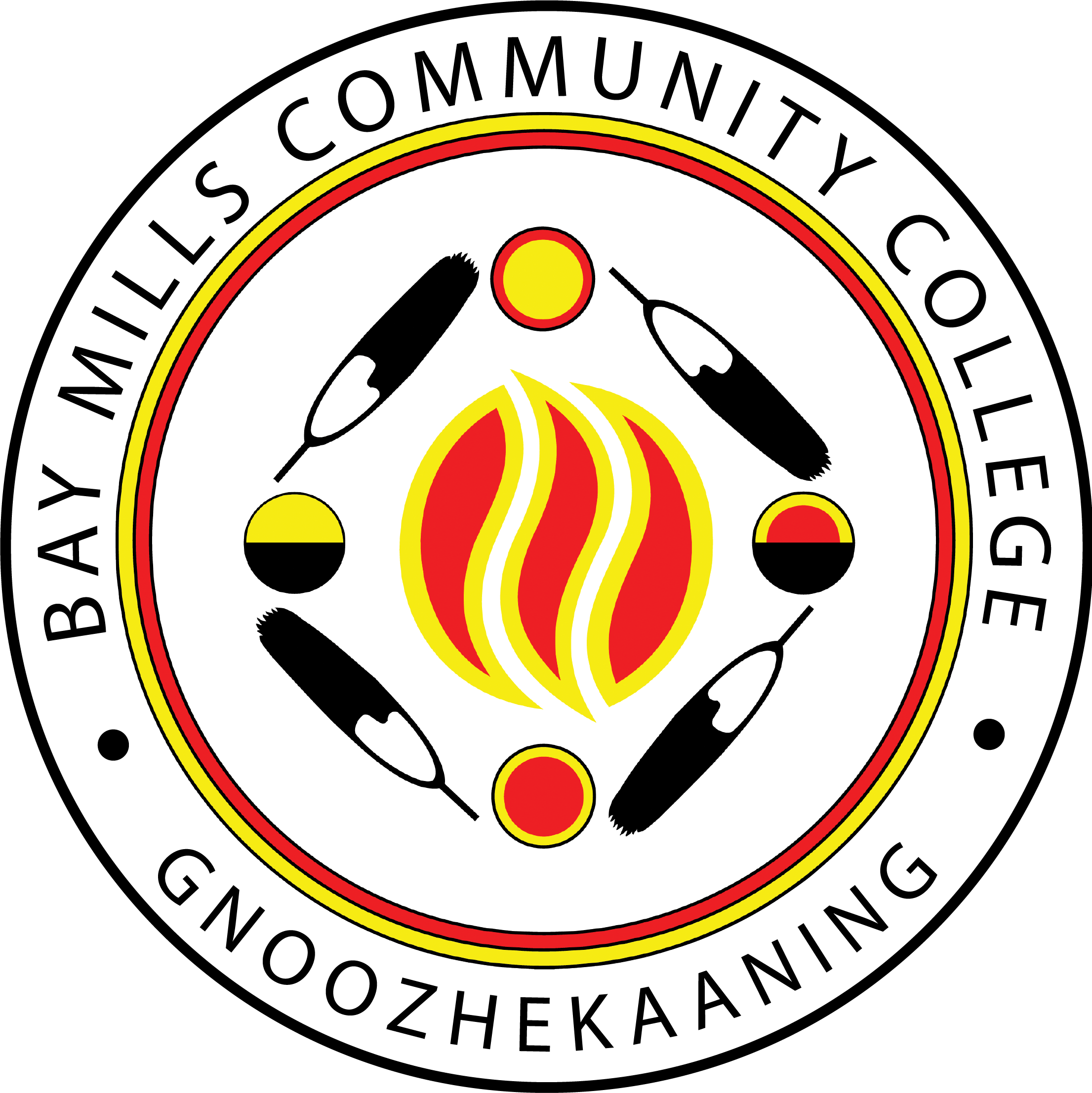
Bay Mills Community College
Brimley, Michigan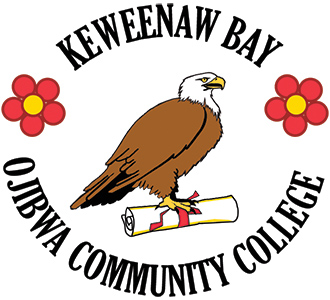
Keweenaw Bay Ojibwa Community College
L’Anse, Michigan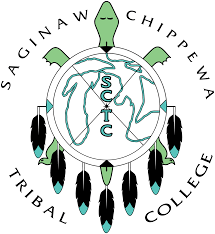
Saginaw Chippewa Tribal College
Mount Pleasant, Michigan
Fond du Lac Tribal and Community College
Cloquet, MN
Leech Lake Tribal College
Cass Lake, Minnesota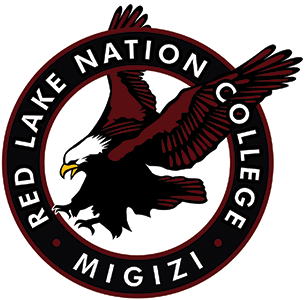
Red Lake Nation College
Red Lake, Minnesota
White Earth Tribal and Community College
Mahnomen, Minnesota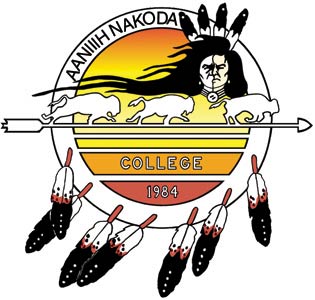
Aaniiih Nakoda College
Harlem, Montana
Blackfeet Community College
Browning, Montana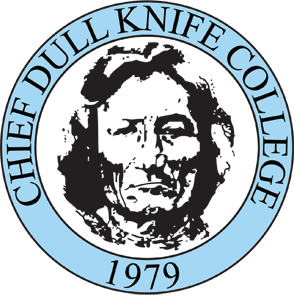
Chief Dull Knife College
Lame Deer, Montana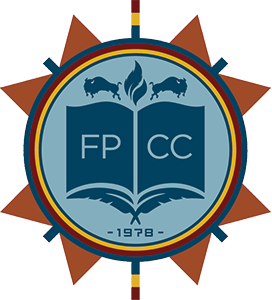
Fort Peck Community College
Poplar, Montana
Little Big Horn College
Crow Agency, Montana
Salish Kootenai College
Pablo, Montana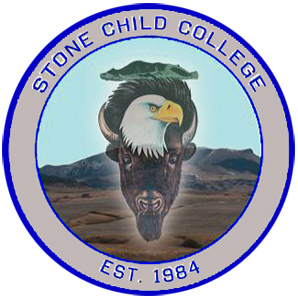
Stone Child College
Box Elder, Montana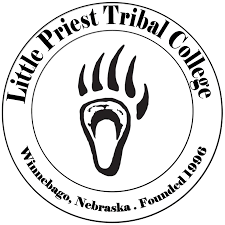
Little Priest Tribal College
Winnebago, Nebraska
Nebraska Indian Community College
Macy, Nebraska
Institute of American Indian Arts
Santa Fe, New Mexico
Navajo Technical University
Crownpoint, New Mexico
Southwestern Indian Polytechnic Institute
Albuquerque, New Mexico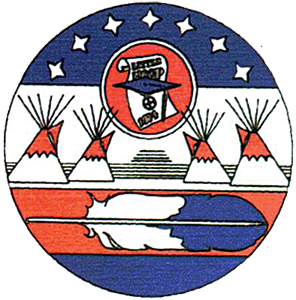
Cankdeska Cikana Community College
Fort Totten, North Dakota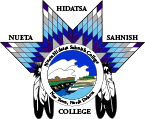
Nueta Hidatsa Sahnish College
New Town, North Dakota
Sitting Bull College
Fort Yates, North Dakota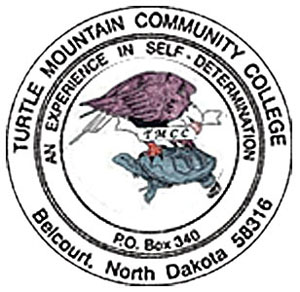
Turtle Mountain Community College
Belcourt, North Dakota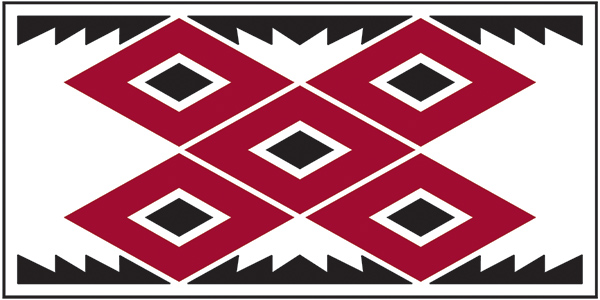
United Tribes Technical College
Bismarck, North Dakota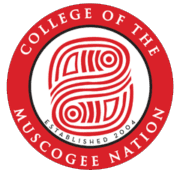
College of the Muscogee Nation
Okmulgee, Oklahoma
Oglala Lakota College
Kyle, South Dakota
Sinte Gleska University
Mission, South Dakota
Sisseton Wahpeton College
Sisseton, South Dakota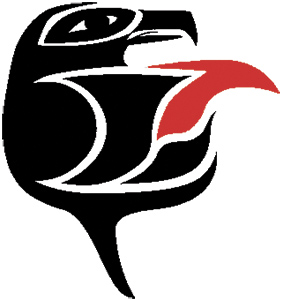
Northwest Indian College, Bellingham
Bellingham, Washington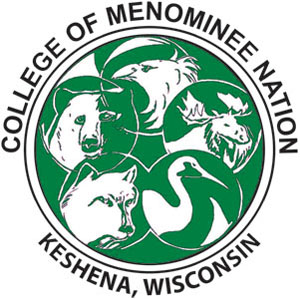
College of Menominee Nation
Keshena, Wisconsin

